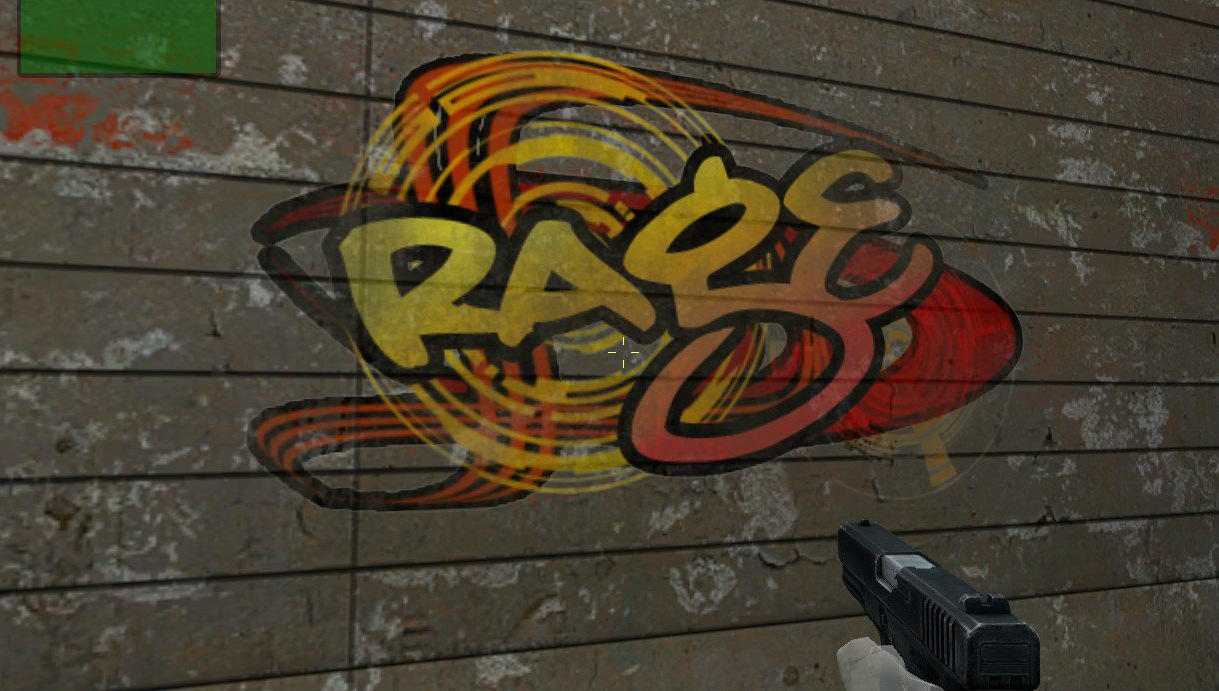Empowering Relationships: BVSM Marriage Services
Explore expert advice and support for successful marriages.
Can CSGO Graffiti Become the Next Street Art Movement?
Discover how CSGO graffiti could revolutionize street art! Explore the intersection of gaming and creativity in this captivating blog.
Exploring the Intersection of CSGO Graffiti and Modern Street Art
The world of CSGO graffiti has become a unique phenomenon, blending the vibrant culture of competitive gaming with the dynamic expressions found in modern street art. Both arenas share an underlying narrative that reflects societal views, personal experiences, and cultural movements. CSGO allows players to express their individuality through various graffiti designs, which serve as digital canvases, similar to how street artists use urban spaces to convey messages that resonate with the public. This intersection not only enriches the gameplay but also invites discussions about the artistic merit and cultural significance of what is often labeled as 'gaming art.'
Modern street art, characterized by its bold visuals and often provocative themes, can be seen as a counterpart to the digital creations found in CSGO graffiti. Artists like Banksy and Shepard Fairey have pushed boundaries and challenged conventions, just as players and creators in the CSGO community innovate with their in-game graffiti. The convergence of these two art forms reveals a shared ethos: both strive to disrupt the norm and engage audiences in dialogue. As street art makes its way into virtual realms like CSGO, it invites players to explore a fusion of real-world and digital artistry, further blurring the lines between gaming and street culture.

Counter-Strike is a highly popular first-person shooter game that pits two teams against each other, the Terrorists and the Counter-Terrorists. One of the intriguing weapons available in the game is the zeus x27, a powerful sidearm that can eliminate opponents instantly at close range, adding a strategic layer to gameplay.
Can CSGO Graffiti Influence Real-World Street Artists?
The intersection of the digital and physical realms has always sparked a lively discussion, and one fascinating example is the influence of CSGO graffiti on real-world street artists. Graffiti in Counter-Strike: Global Offensive offers players a unique opportunity to express their creativity within the game, showcasing a wide range of designs that can easily translate into real-life street art. Many artists have begun to explore their styles in the virtual world before executing them on urban canvases. This crossover not only provides inspiration but also challenges traditional graffiti norms by merging the worlds of gaming and art.
Moreover, renowned street artists are increasingly leveraging CSGO graffiti as a source of inspiration for their work. With the ability to create and upload custom graffiti designs, many gamers are now becoming aware of the artistic possibilities that lie beyond their screens. As artists experiment with themes and aesthetics inspired by the game's visual graffiti, it opens the door for a new generation of artists to blend elements from the gaming culture into street art, creating a vibrant fusion that highlights both communities. This ongoing dialogue not only enriches the artistic landscape but also encourages greater appreciation for the cultural significance of gaming within the broader art world.
The Evolution of Graffiti: From CSGO to Urban Streets
The evolution of graffiti has undergone significant transformation over the decades, shifting from its initial forms in urban streets to modern expressions in digital spaces, such as in video games like CSGO. In its early days, graffiti was primarily a means of self-expression and political commentary on the streets, embodying the voices of marginalized communities. As technology advanced, the intersection of art and digital media began to reshape perceptions of graffiti, allowing for more interactive platforms. Counter-Strike: Global Offensive (CSGO) brought graffiti into the gaming realm, where players create and showcase their artistic skills via in-game skins and spray tags, which has unlocked new audiences and appreciation for this art form.
Today, the influence of graffiti has expanded beyond physical mediums and video games, permeating into popular culture and influencing various artistic styles across multiple platforms. Street artists like Banksy and Shepard Fairey have garnered international acclaim, further legitimizing graffiti as a fine art form. This evolution illustrates not only the adaptability of graffiti but also its role as a medium of cultural commentary, bridging the gap between urban streets and digital landscapes. As we explore the ongoing dialogue between street art and mainstream acceptance, we witness how graffiti continues to evolve, reflecting societal changes and innovations.